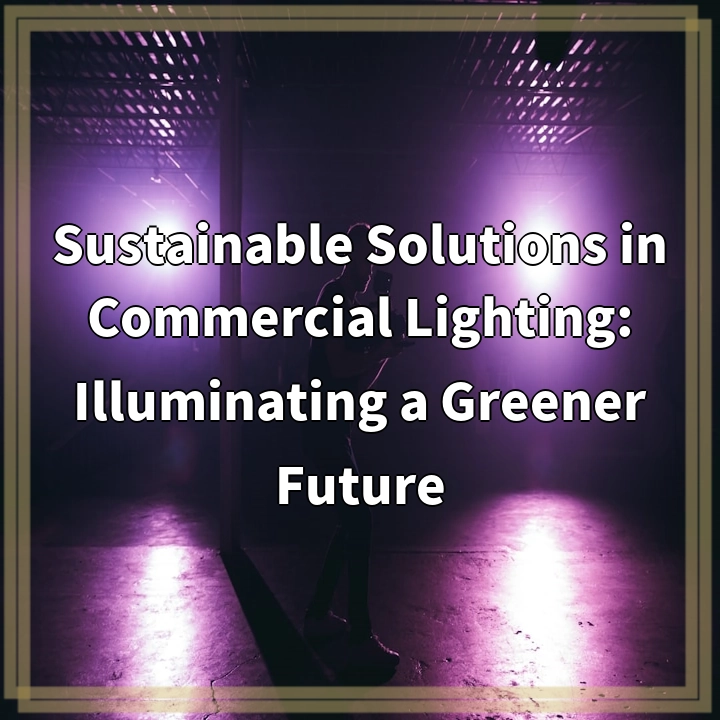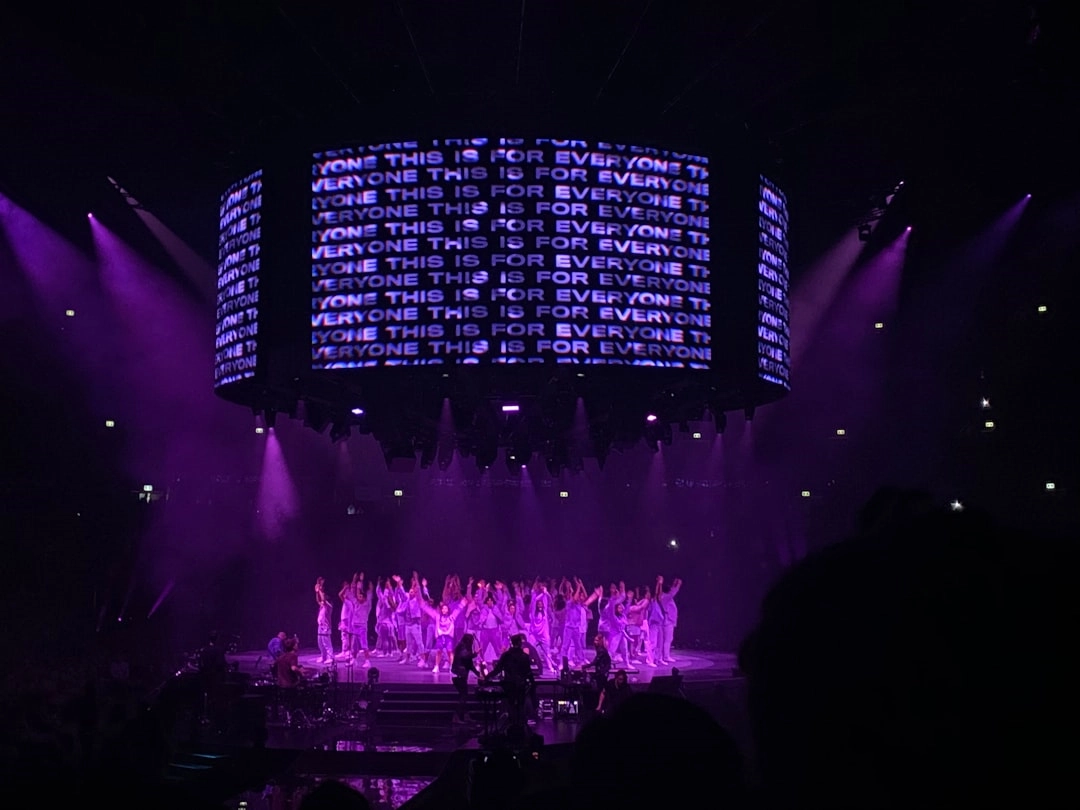
What it is:
Commercial lighting refers to the lighting systems used in non-residential buildings such as offices, retail spaces, healthcare facilities, and industrial complexes. Sustainable solutions in commercial lighting aim to minimize environmental impact while providing effective and efficient lighting.
Real-World Problems:
Sustainable solutions in commercial lighting are crucial due to several significant real-world problems:
1. Energy Consumption:
Traditional commercial lighting systems consume a substantial amount of energy, leading to higher greenhouse gas emissions and increased strain on natural resources. Finding ways to reduce energy consumption in commercial lighting is essential to mitigate climate change and conserve resources.
2. High Maintenance Costs:
Conventional lighting systems often require frequent maintenance and replacement of lamps and fixtures. This not only incurs high costs but also increases waste generation. Sustainable solutions aim to develop lighting systems that are durable, require less maintenance, and have longer lifespans, thus reducing costs and environmental impact.
3. Light Pollution:
Commercial lighting, when poorly designed or installed, can contribute to light pollution. This has negative effects on wildlife, disrupts ecosystems, and affects human health and well-being. Sustainable solutions focus on minimizing light pollution by implementing appropriate lighting fixtures, controls, and design strategies.
4. Lack of Awareness and Education:
Many businesses and organizations may be unaware of the available sustainable lighting solutions or the potential benefits they offer. Without proper education and awareness, companies may continue to rely on outdated lighting systems, contributing to environmental problems. It is crucial to provide information, resources, and support to raise awareness and encourage the adoption of sustainable lighting practices.
5. Financial Barriers:
The initial cost of implementing sustainable lighting solutions can be a barrier for some organizations. While these solutions may lead to long-term cost savings, the upfront investment can be challenging for businesses with limited budgets. Overcoming these financial barriers, through incentives, grants, and financing options, can help accelerate the adoption of sustainable commercial lighting.

Solutions for Sustainable Commercial Lighting:
Addressing the real-world problems associated with commercial lighting requires implementing sustainable solutions. Here are some key strategies:
1. Energy-Efficient Lighting:
Utilize energy-efficient lighting technologies such as LED (Light Emitting Diode) fixtures that consume significantly less energy and have longer lifespans compared to traditional lighting systems. Implementing motion sensors and timers can further optimize energy usage by automatically adjusting lighting levels based on occupancy.
2. Smart Lighting Controls:
Integrate smart lighting controls, such as occupancy sensors, daylight sensors, and dimmers, to maximize energy savings and enhance lighting efficiency. These controls enable lighting systems to adapt dynamically to the environment, providing the right amount of light when and where it’s needed.
3. Proper Lighting Design:
Implement appropriate lighting design strategies to minimize light pollution and enhance visual comfort. This includes using shielded fixtures, directing light downward, and avoiding excessive lighting levels. Designing spaces with natural daylight in mind can also reduce the need for artificial lighting during daylight hours.
4. Life Cycle Assessment:
Conduct a life cycle assessment to evaluate the environmental impact of lighting systems at each stage, from production to disposal. This analysis helps identify areas for improvement and informs decision-making towards more sustainable choices.
5. Education and Awareness:
Provide education and awareness campaigns to promote the benefits of sustainable commercial lighting and share success stories. Engage businesses, organizations, and individuals through workshops, training programs, and online resources to encourage the adoption of sustainable lighting practices.
6. Financial Incentives:
Offer financial incentives, such as tax credits or grants, to businesses and organizations that invest in sustainable lighting upgrades. This helps offset the initial costs and encourages more widespread adoption of eco-friendly lighting solutions.















